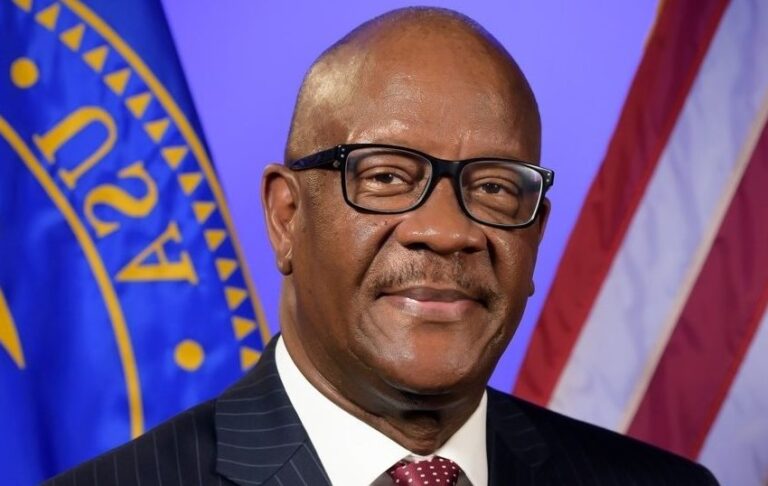- 11 March 2024
My Visit to Hospitals… Our Health System in Grim Status

By Alusine Fullah
20 they lied with profound hopelessness. Some are ambulatory while others bed-ridden patients. Some are taking their last breaths! If you don’t see it you won’t believe it, but if you see it you will definite set tears. Our health sectors are in complete tatters!
The health infrastructure in Sierra Leone is unequally distributed throughout the country, with lesser access to health services for those in rural areas.  The provision of essential health services is major challenges as the majority of public healthcare facilities do not have adequate power, water, sanitation and hygiene, and equipment necessary to provide these services.
The provision of essential health services is major challenges as the majority of public healthcare facilities do not have adequate power, water, sanitation and hygiene, and equipment necessary to provide these services.
Sustainable health services are essential in supporting global healthy lives. Goal three of the Sustainable Development Goals (SDGs) aims to ensure healthy lives and promote wellbeing for all, at all ages. This is further translated into the Government of Sierra Leone’s (GoSL) Medium Term National Development Plan 2019-2023, wherein government is determined to use its strong leadership and political will to increase healthcare spending to 15% of the national budget, thereby enhancing the implementation of the Free Healthcare Initiative.
A review of the Quality-of-care Strategic Roadmap 2020 to 2024 exposed that there were challenges with the availability, accessibility and affordability of medicines in the country which had resulted in frequent stock-outs in health facilities. This situation was confirmed from interviews I did with heads of various hospitals. It was revealed that essential drugs and consumables were not regular and adequate for the hospitals, to the extent that additional drugs were bought especially for the destitute through internally generated revenue. Other patients, including lactating mothers were asked to buy drugs and consumables such as cannulas, plasters and syringes instead of being provided by the hospital. A visit of the status report of the Freetown Government Hospitals confirmed inadequacy of drugs and medical supplies.
There were also stock-out of lab reagents, blood bags, slides, rapid diagnostic tests etc. In a similar situation, I saw a report by the Kingharman Maternal and Child Health Hospital Secretary, and it showed that not all the drugs and consumables needed for the management of patients were supplied by the NMSA. As such, prescriptions were issued to patients to fend drugs for themselves in the open market. Notwithstanding that, there was lack of emergency drugs for free healthcare patients and the hospital’s cost-recovery pharmacy was out of drugs due to the influx of patients being referred to the Hospital. Moreover, drugs and medical supplies coordination was very poor and untimely.
Nurses from Under Five Hospital expressed their concerns over insufficient fluids, inadequate oxygen machine and amoxicillin, a common antibiotic. We also observed that there were inadequate oxygen machines and no emergency drugs in most of the paediatric wards visited. I was however informed though, that there had been an arrangement with the Cotton Tree Pharmacy to sell drugs at cost-recovery prices at the various regional hospitals.
Apart from the above setbacks, the country is also suffering from extreme shortage of trained healthcare providers, having only two clinical health worker per 10,000 people. Almost 64% of skilled health workers’ posts are currently vacant. About half of the total nurse workforce in the country are volunteers and not on the government payroll. Interviews with key personnel in facilities visited and documents reviewed such as status reports and manpower plan confirmed the shortage of healthcare personnel including doctors and nurses to match up with the huge turnout in the hospitals.  Other support staff such as drivers, potters, cleaners are also grossly inadequate in the hospitals. Other disclosures from interviews with medical superintendents of various hospitals indicate that there are not enough medical personnel and support staff, and that most of the staff were not pin-coded, and some of the pin-coded staff are enrolled in various higher learning institutions to improve their skills. This was also confirmed during review of status report submitted by the Psychiatric Teaching Hospital, and the regional hospitals in Bo, Kenema and Makeni. A friend of mine, (reporter for Expo Times) visited to the Ola During Children’s Hospital, revealed a minimum of four specialists to 150/200 patients per day (when a minimum of 8 to 10 is needed). The Medical Superintendent also asserted to this in the course of interrogating with them in an interview.
Other support staff such as drivers, potters, cleaners are also grossly inadequate in the hospitals. Other disclosures from interviews with medical superintendents of various hospitals indicate that there are not enough medical personnel and support staff, and that most of the staff were not pin-coded, and some of the pin-coded staff are enrolled in various higher learning institutions to improve their skills. This was also confirmed during review of status report submitted by the Psychiatric Teaching Hospital, and the regional hospitals in Bo, Kenema and Makeni. A friend of mine, (reporter for Expo Times) visited to the Ola During Children’s Hospital, revealed a minimum of four specialists to 150/200 patients per day (when a minimum of 8 to 10 is needed). The Medical Superintendent also asserted to this in the course of interrogating with them in an interview.
Yes, people say health is wealth. My visit in those hospitals was very grim. I think it is high time the minister of Health wake up and do more on the improvement of our health sector. Honestly, more is needed!! The poor status of our health system is causing lot of deaths.
